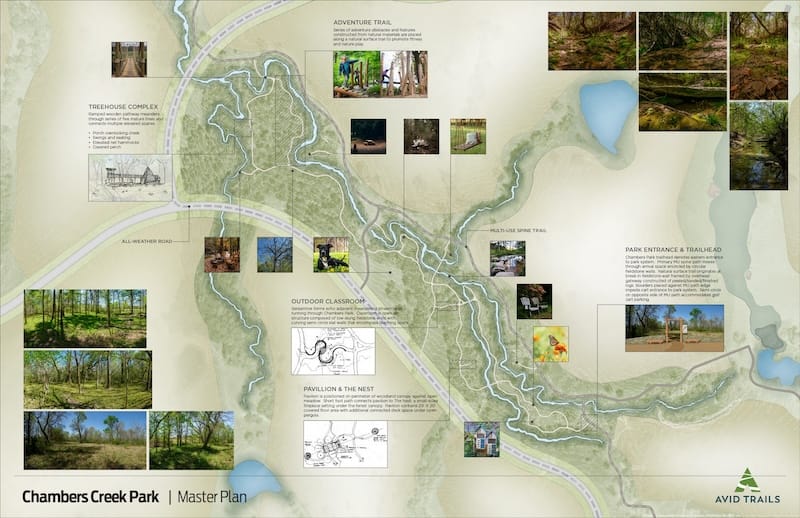Marketing & Sales
Best-Laid Plans — How to Drive Success With 55+ Communities
Location, amenities, land plan, and future-proofed homes ... the first of a multi-episode series from Ipsum Group Principal and Founder Deborah Blake

Most markets have a growing population of Baby Boomers living in homes and communities that are no longer serving them. How do builders and developers respond with a community that allows future residents to thrive during this ‘freedom phase’ of their lives?
Given the boomer population trends and wealth, targeting this lucrative segment is a smart move, but what should you know to do it successfully and profitably? This quick list is just scratching the surface, but here are four important planning tips for success.
Location: Local 55+ communities that allow boomers to remain in their town and even continue to work is an opportunity that is underserved in many markets. For an active adult community, the ideal location is near the necessities—groceries, big box, and healthcare—and lifestyle enhancement options for residents’ newfound free time, including access to family, dining, entertainment, arts and culture, lifelong learning, and an airport (ideally one with international flights).
Amenities: No matter how small your community, you must offer a place for the active adult psychographic profile to connect with others year-round because, in many instances, it’s more fun to do things with friends. One of the top purchase motivations for the 55+ cohort is being part of a community where they can ‘find their people’ and live their best lives. The decades-long Harvard Study of Adult Development, one of the longest-running studies on happiness, confirms that friendship is a core lifestyle attribute of those who live longer.

The top amenities to include for this buyer group, ranked in order of priority, are year-round gathering/DIY food and beverage spaces; connected walking paths and trails; fitness areas for group exercise with on-demand digital training and cardio and weight-training equipment; and an outdoor pool, even in four-season climates.
Land Plan: The 55+ consumer is a discretionary buyer. The ‘experience’ really matters, and that starts at the entrance to the community. Does it provide a sense of security, with either a gate or design that creates a threshold experience? Pull the homes away from the entry and create a landscape buffer along the short drive to the amenities, which should be a focal point to the entry arrival prior to reaching the model homes. Also, open space means higher lot premiums. Lot premiums in 55+ developments are historically higher than in conventional communities. Without a variety of homesites that provide privacy, views, etc., sales pace will be negatively impacted. This customer wants what they want, and they will wait for it or go somewhere else to get it.

Future-Proofed Homes: Inspired, independent living supported by the use of primary universal design criteria is table stakes for new homes in age-restricted communities. Design is focused on the owners’ lifestyle and includes kitchens built for entertaining, open floor plans, and a primary suite as a ‘rejuvenating retreat.’ Homes make use of technology to aid in areas such as water filtration, security, lighting, and energy efficiency. Including numerous windows and covered outdoor patio space, regardless of location, are also important elements. Access to the outdoors has a positive impact on one’s mood, and providing buyers with open, naturally lit interiors is a sharp contrast to the dark indoor spaces of their existing homes.
Stay tuned for Part 2 of this series, which will cover marketing tips and how to differentiate your 55+ brand.
MORE IN Marketing & Sales
When Homebuyers Pull Back, Builder Brands Must Step Up
In markets under stress, consistency, empathy, and value-driven messaging provide builders with a critical edge among today’s cautious buyers. Advisor Barbara Wray gets real about the path forward for homebuilders today.
What Separates Homebuilders Thriving Amidst 2025’s Chaos
Builders face rising stakes to unify tech, data, and operations or risk falling behind amid affordability, insurance, and labor challenges.
Here's Why Randy Mickle Has Joined Drees At This Moment
The new Southeast Regional President brings big, national builder experience to a multigenerational homebuilder with bold goals for its centennial.
